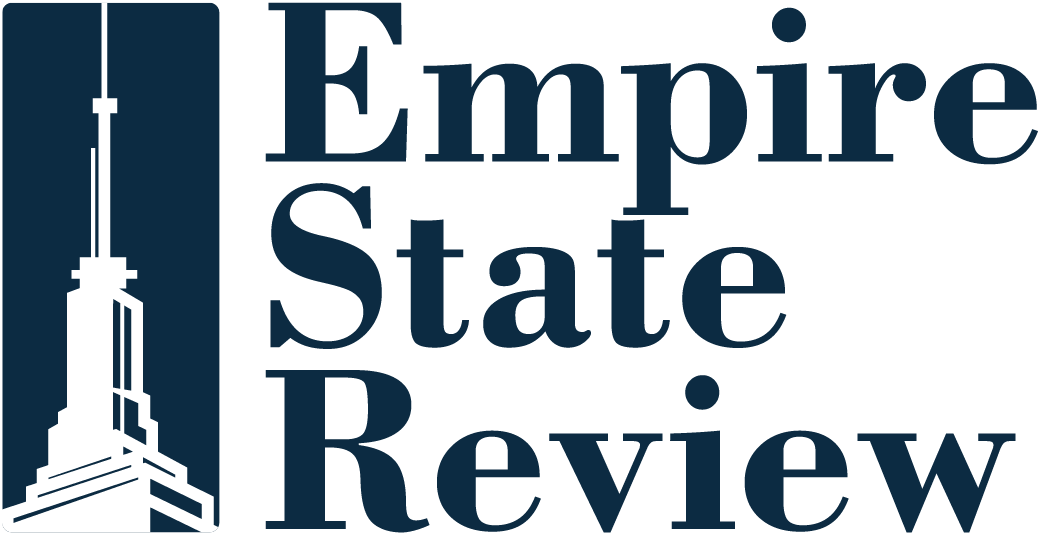Flood Risk in NYC: 80,000 Homes Threatened by 2040
NEW YORK – A recent report issued by the Regional Plan Association (RPA) highlights a pressing concern for the New York metropolitan area: approximately 80,000 residential properties could be at risk of being lost to flooding by the year 2040. This alarming projection underscores the intersection of climate change and a growing housing crisis in the region.
Key Findings from the Report
The RPA’s findings illustrate a significant threat to housing across New York City, Long Island, and Westchester County, with expectations that up to 82,000 housing units may be compromised by rising sea levels and increased flooding events. The report further suggests that this number could double by 2070, illustrating a dire potential future for local communities.
Impact on Residential Areas
Neighborhoods particularly vulnerable include:
- The Rockaways
- Canarsie
- South Ozone Park
Likewise, on Long Island, towns such as Hempstead, Babylon, Islip, and Brookhaven each face potential losses of over 6,000 residential units.
Land at Risk
The report identifies 77,300 acres of land categorized for residential use as likely to be impacted by flooding in the future, which represents around 10.5% of the total residentially zoned land in the area.
Housing Crisis Context
With an estimated need for 1.26 million new housing units by 2040, the RPA warns that the region faces a significant deficit in housing options; currently, 680,000 units are lacking under present zoning regulations. If conditions remain unchanged, it is projected that up to 1.6 million residents could find themselves living within flood-prone areas by the same year.
Historical Backdrop
The scars left by Hurricane Sandy in 2012 still linger, having destroyed or damaged around 170,000 homes across New York City and Long Island. In the years since, the issue of rising greenhouse gas emissions has persisted, complicating efforts for sustainable housing development. Notably, a significant portion of the region’s residentially zoned land—approximately 85%—allows only single-family housing, which restricts the availability of multifamily units essential for accommodating population growth.
Future Directions
To address the looming threat of flooding, the RPA emphasizes the necessity for proactive policymaking. Strategies proposed include:
- Enhancing the structural resilience of new homes against flooding and storms
- Acquiring properties most at risk for flooding
- Encouraging housing developments in areas safe from flood risks
As the New York metropolitan area faces unprecedented challenges due to climate change, addressing these concerns with urgency and strategic planning will be crucial for safeguarding community resiliency and housing stability.

